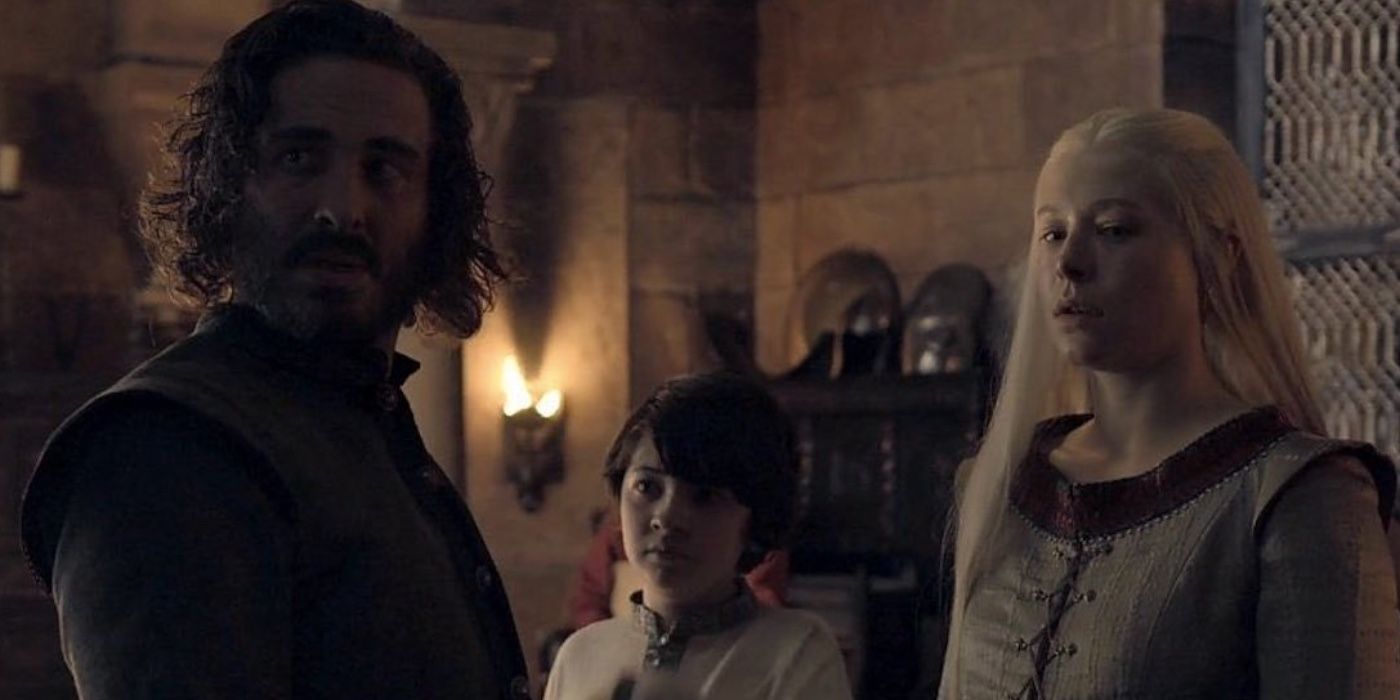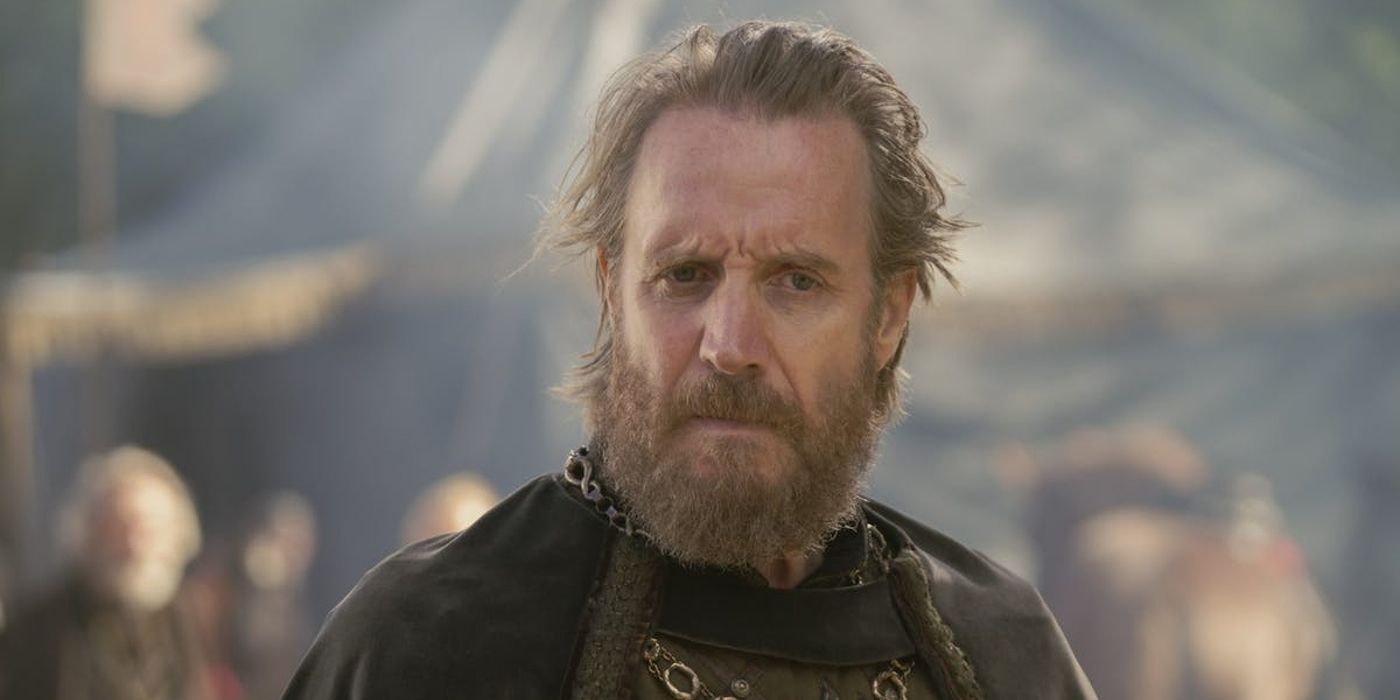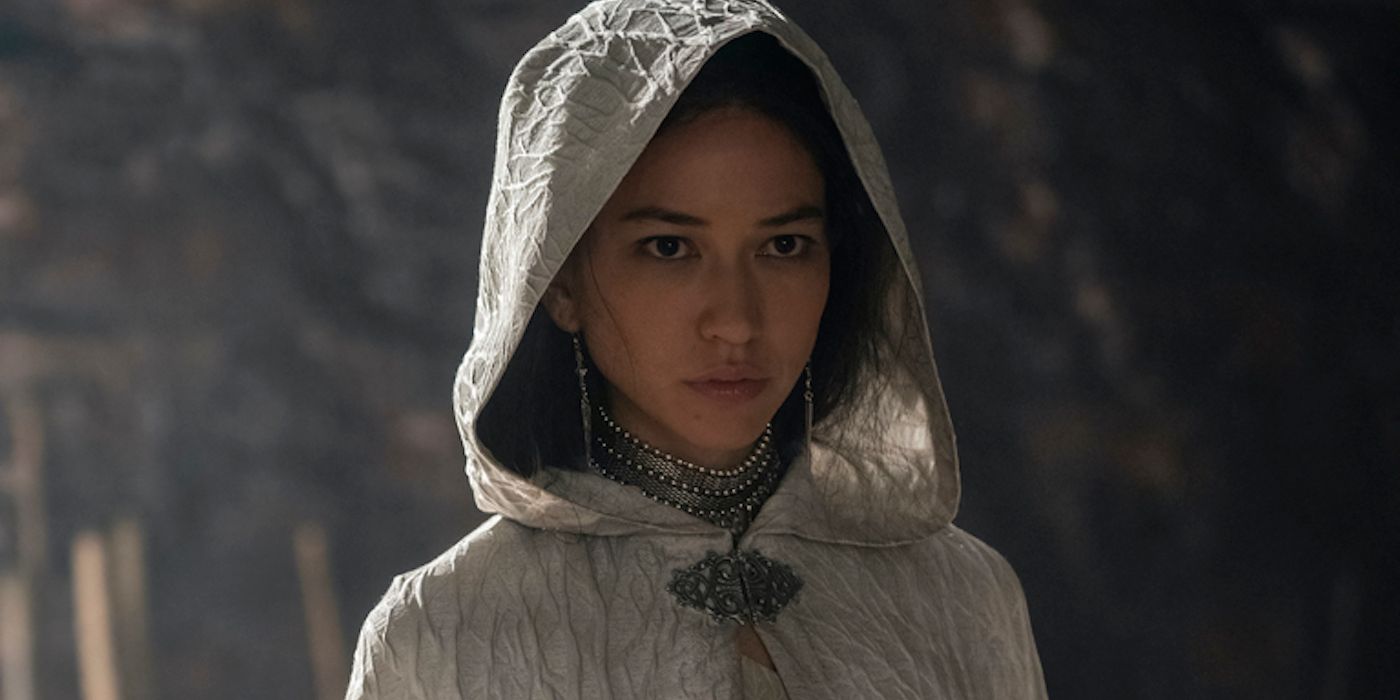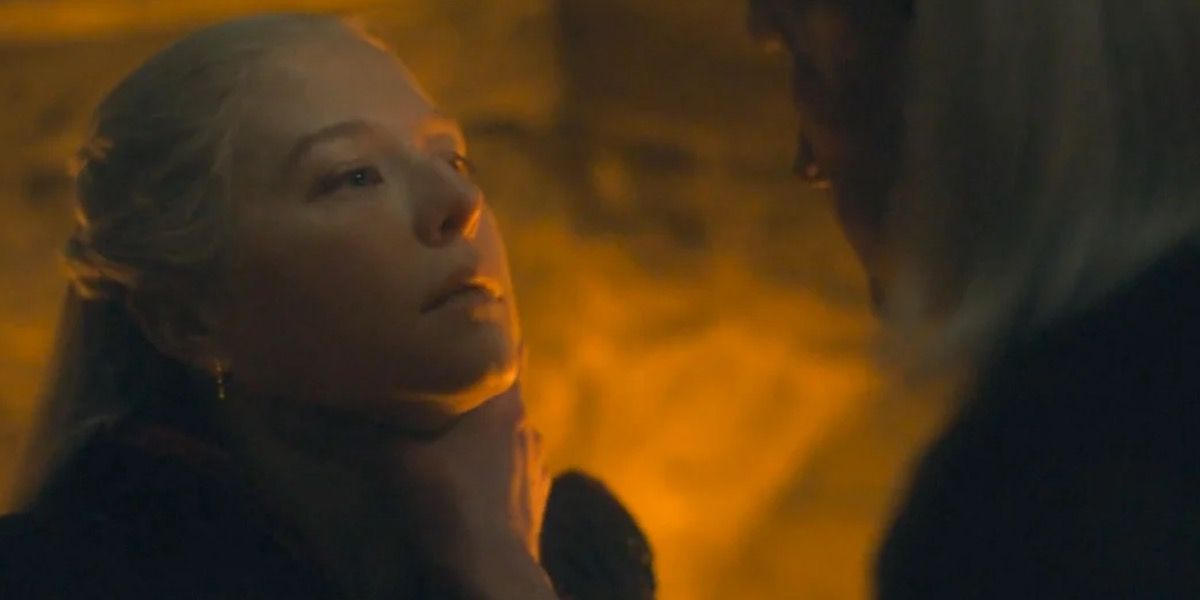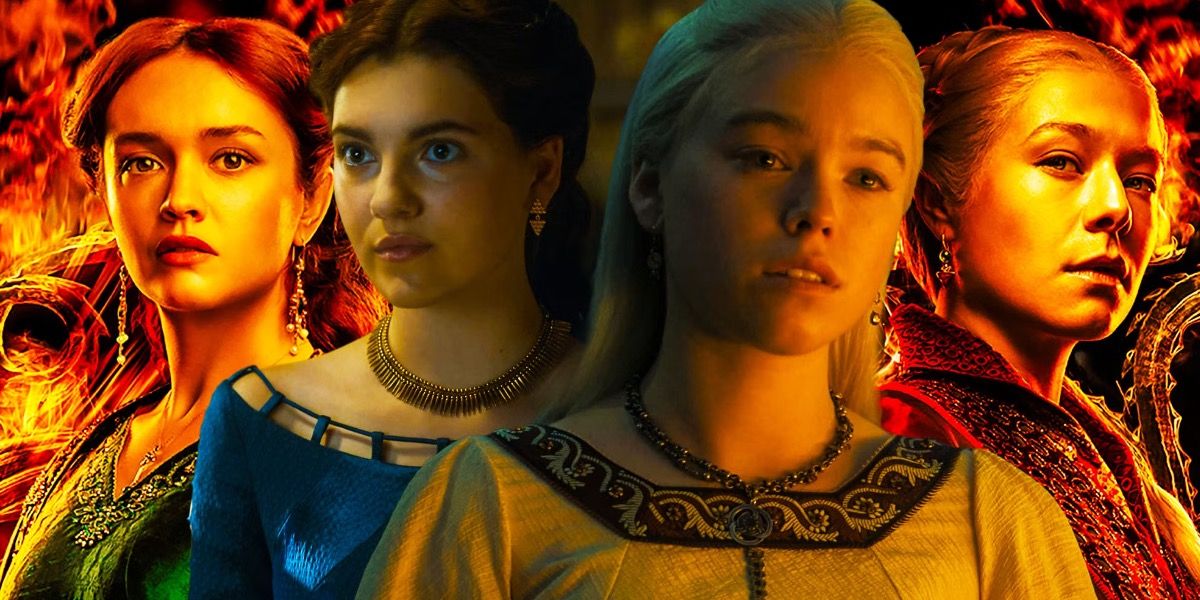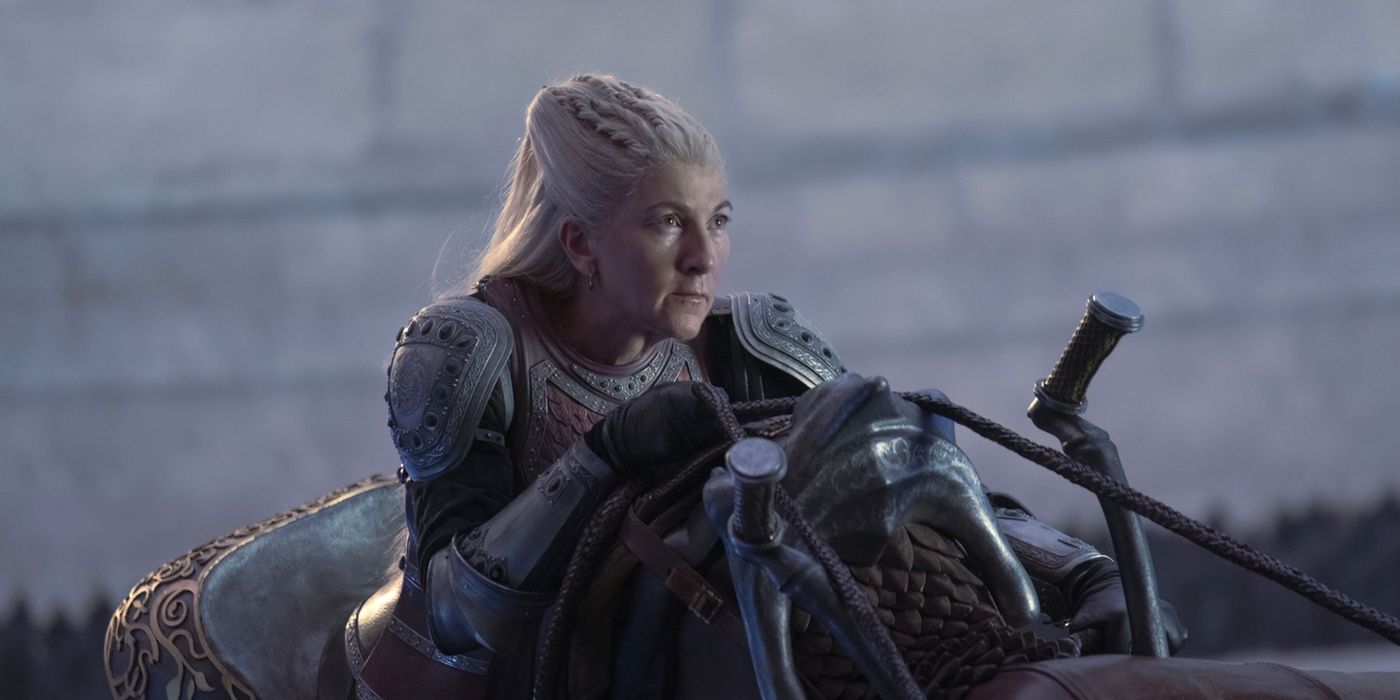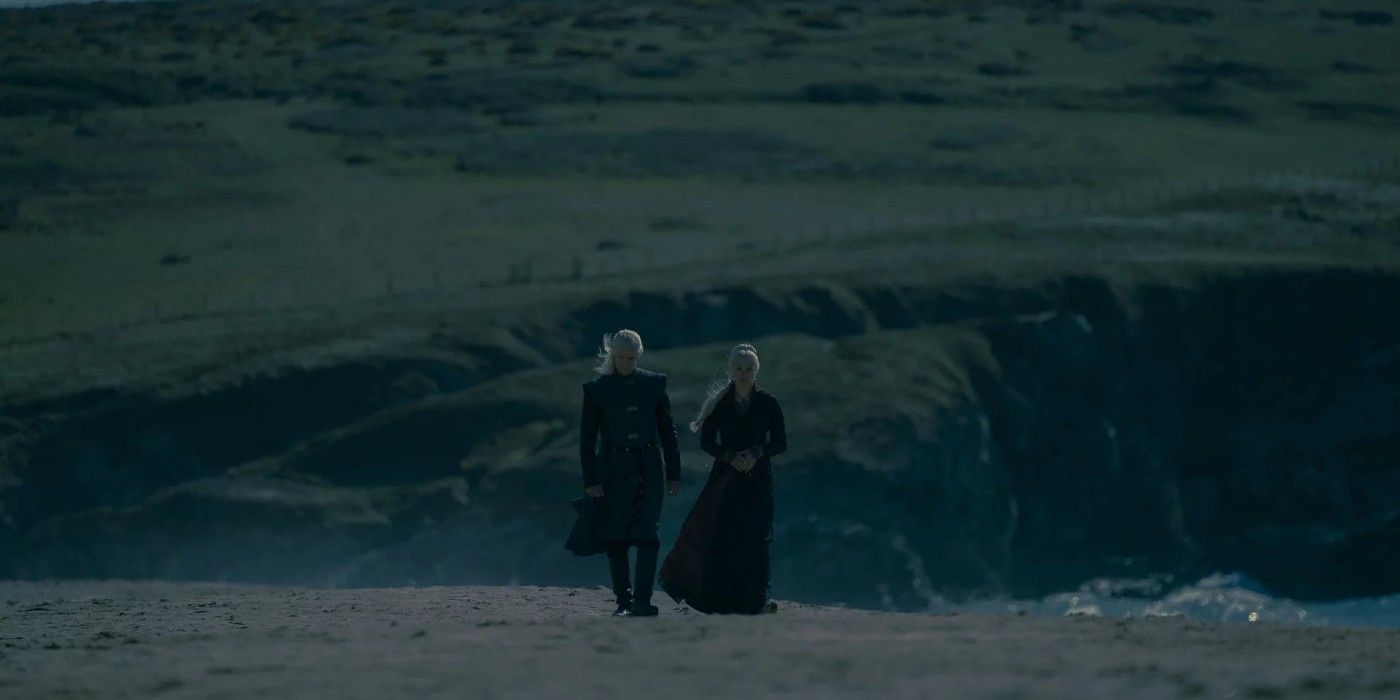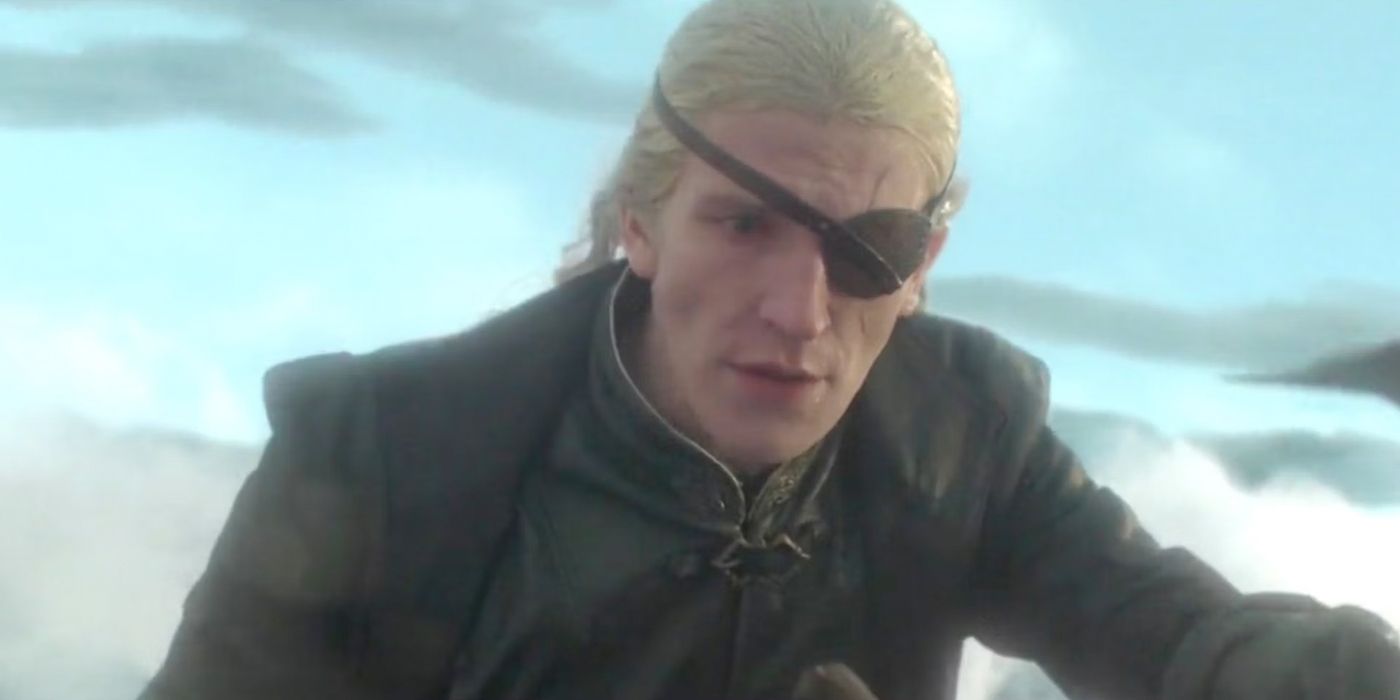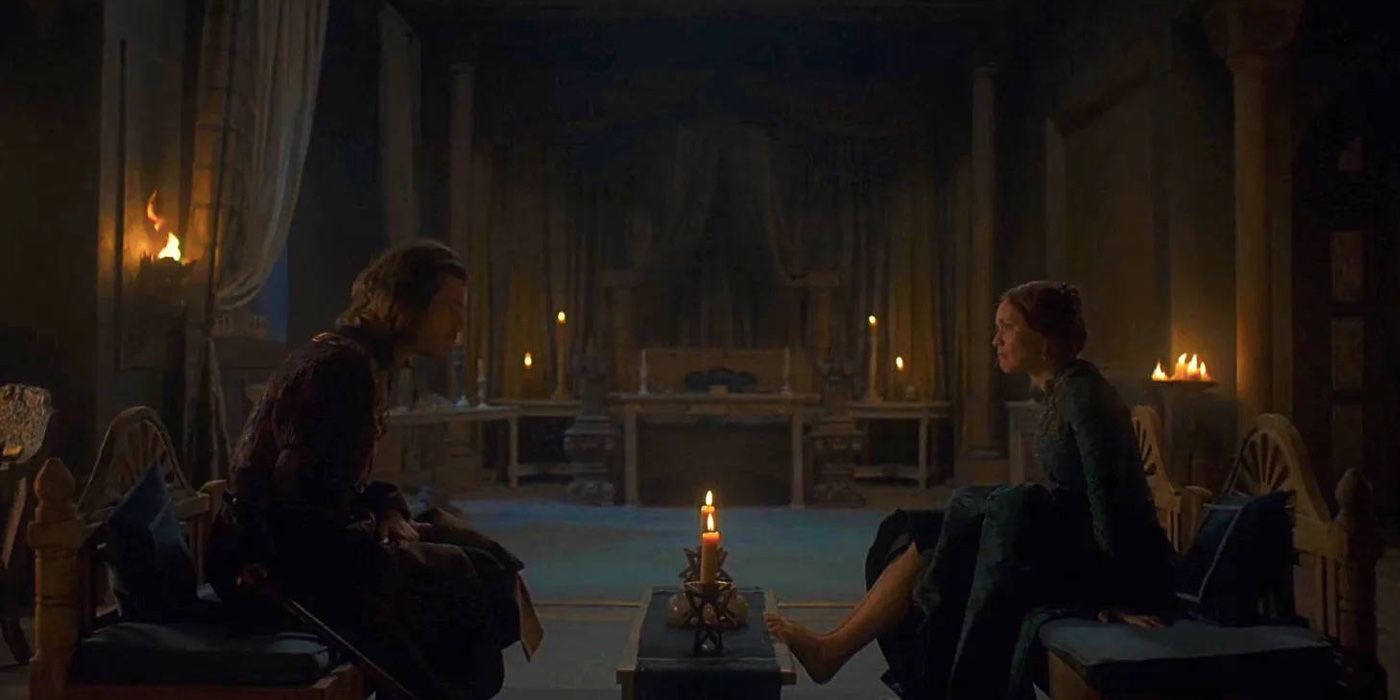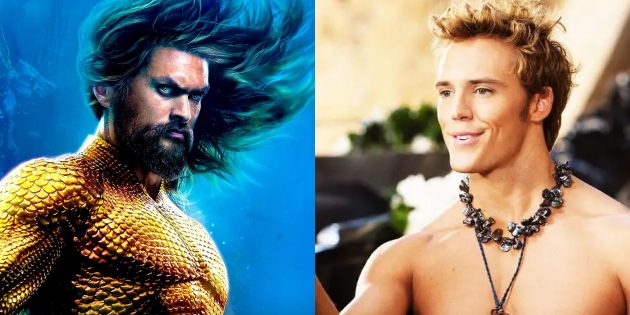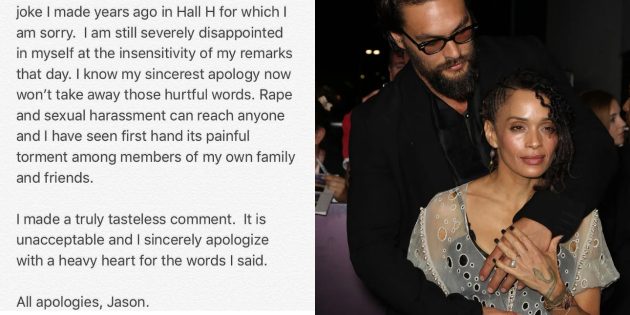Between Aemond’s character arc and Daemon hurting Rhaenyra, House of the Dragon is no stranger to controversial and divisive choices.
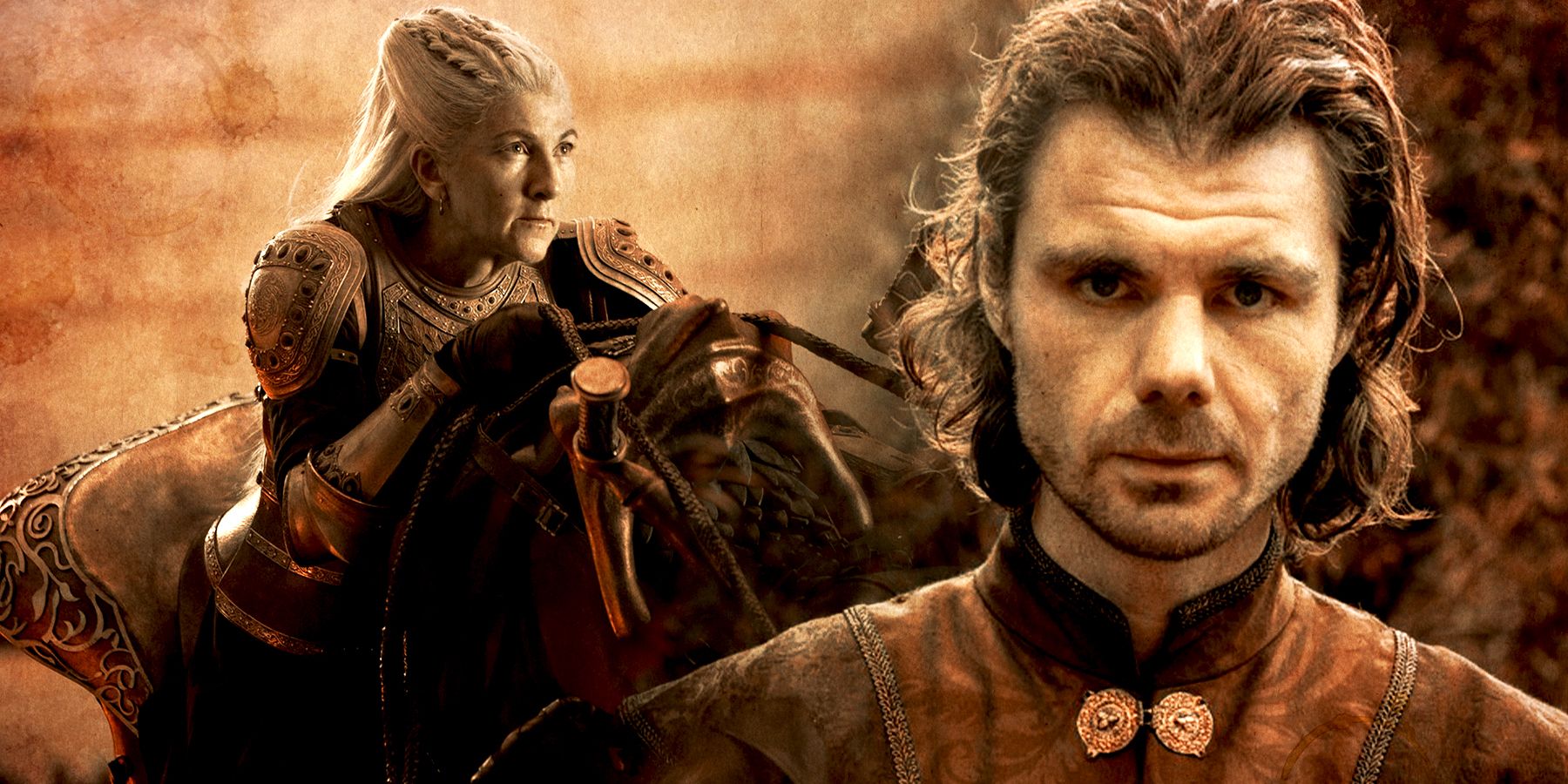
HBO’s House of the Dragon is a worthy successor to Game of Thrones. However, with only one season out as of 2023, fans can only hope that this prequel series manages to avoid the pitfalls experienced by its predecessor. Game of Thrones was widely criticized for its weak final season, but viewers also pinpointed various narrative inconsistencies and problematic plot points during the first seven seasons.
RELATED:House Of The Dragon: A Complete Timeline Of Targaryen History
House of the Dragon has also indulged in a few controversial choices, even if they’re not glaringly obvious (yet). These could be deviations from George R. R. Martin’s source material, unjustified casting modifications, or plot points that simply don’t make sense in the overarching context of the story.
0Alicent Misinterpreting Viserys’ Dying Words Is Too Clichéd
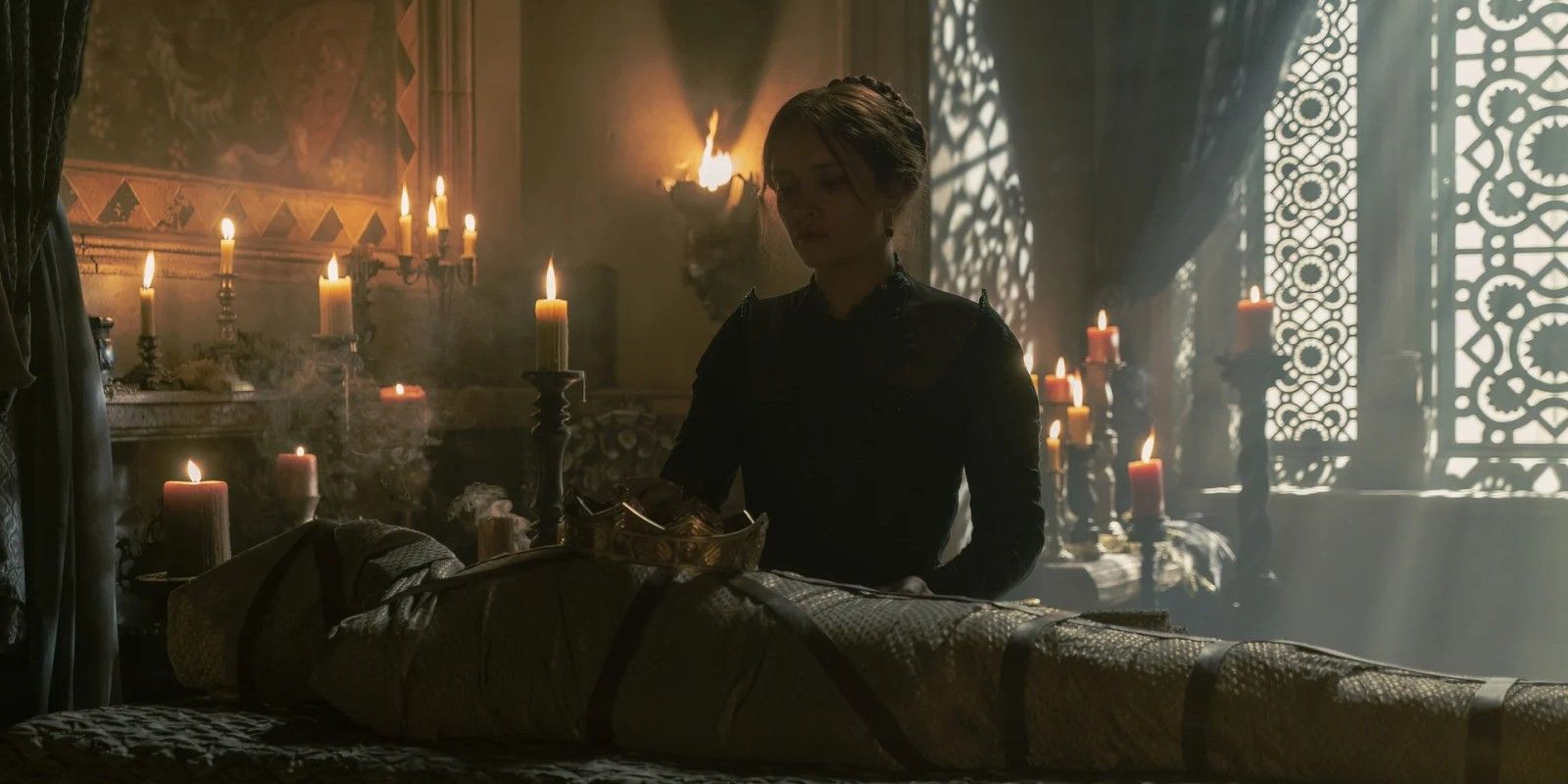
House of the Dragon places a lot of stock in Aegon the Conqueror’s fabled prophecy. King Viserys routinely refers to his ancestor’s prescient dream, going so far as to show Rhaenyra the words engraved on his Valyrian steel dagger. Although Viserys genuinely believes his daughter to be the “prince that was promised,” his dying words ostensibly identify his son Aegon as the fulfiller of the prophecy.
Queen Alicent inadvertently distorts her husband’s final statement, which annoyed fans who were expecting something less clichéd. Deathbed misinterpretations are far too common a trope in movies and TV, and House of the Dragon should have avoided going down this path.
9Rhaenyra And Harwin Strong’s Romance Is Offscreened
Although Rhaenyra’s infidelity is a matter of contention in the Targaryen court, nobody has the guts to challenge the heir to the Iron Throne while her father’s still alive. Viserys insists on believing his daughter despite all the evidence to the contrary, which is why he threatens dire consequences on anyone who claims otherwise.
The problem is that House of the Dragon largely offscreens the romance between Rhaenyra and Harwin Strong, especially after implying her enduring love for this man. This narrative choice is particularly incongruous because House of the Dragon has no problem delving into Rhaenyra’s tempestuous affair with Criston Cole.
8Otto Hightower Returns Without Any Repercussions
King Viserys always sees the best in people, and fans adore him for it. Unfortunately, the King’s need for familial harmony often creates more conflict than ever, resulting in a political split that will ultimately pit House Targaryen against itself. Viserys extends the benefit of the doubt to the obviously malicious Otto Hightower, until Rhaenyra reminds the King that his Hand would rather protect his own legacy.
RELATED:Every Targaryen Alive At The Start Of House Of The Dragon
Viserys promptly banishes Otto and installs Lord Lyonel Strong as his Hand. When Lyonel’s unexpected death leaves a vacancy, Alicent somehow manages to convince her husband to restore her father’s former position. It’s almost like Viserys forgot about Otto’s treachery.
7Mysaria’s Position In The Hierarchy Remains Unclear
In the beginning, Mysaria is nothing more than a pawn in Daemon’s game. However, Rhaneyra’s decision to “invade” Dragonstone with Syrax reveals exactly how vulnerable Mysaria is. As a result, she leaves Daemon and establishes a thriving business in Flea Bottom, eventually becoming known as the White Worm.
Mysaria returns to House of the Dragon after Viserys’ demise. She abducts an intoxicated Aegon and stashes him in a secret location. She then offers the Prince to his grandfather, but only after Otto agrees to end the exploitation of destitute children in King’s Landing. Still, Mysaria’s dwelling is later burned under Larys Strong’s orders. House of the Dragon doesn’t seem to have a clear idea of what the White Worm’s character arc is supposed to be.
6Daemon Deciding To Hurt His Wife Is Out Of Character
Prince Daemon Targaryen is a widely renowned scoundrel who’s capable of incinerating Westeros if given the opportunity. Viserys barely manages to keep his recalcitrant brother in check, forcing the latter to reevaluate his future for the first time. Daemon murders Rhea Royce to wed Laena Velaryon, whose subsequent death finally leaves him free to marry his niece.
Daemon’s relationship with Rhaenyra is extremely affectionate — he fathers Jace, Luke, and Joffrey to the best of his abilities, proving that even the most stubborn leopards can indeed change their spots. As such, viewers were shocked when Daemon hurts Rhaenyra in a fit of anger during the season finale. This act of spite completely invalidates his positive character development.
5Recasting Major Characters Instead Of Making The Actors Look Older
Unlike Game of Thrones, which has no chronological shifts, House of the Dragon incorporates three distinct narrative time skips. The first takes place for three years, while the second one is over a decade long. Therefore, House of the Dragon decided to recast Rhaenyra, Alicent, and Laenor and replace them with slightly older actors.
RELATED:Every Targaryen In House Of The Dragon, Ranked By Madness
While fans aren’t exactly complaining about this choice, they’re understandably confused that the showrunners didn’t just make the first set of actors look older. Daemon and Criston have multiple layers of makeup that highlight their aging, so this method could have just as easily been used for Laenor, Rhaenyra, and Alicent.
4Rhaenys Murders Innocents But Inexplicably Spares Her Enemies
The aristocratic elite of Westeros are fascinating characters, but they behave exactly as expected from medieval overlords, consistently treating the public as cannon fodder. Countless innocent villagers perish because the Lords of the Seven Kingdoms can’t control themselves. Daenerys Targaryen is instantly branded a villain after she single-handedly murders thousands of people, but House of the Dragon‘s Rhaenys doesn’t receive the same hate.
Although Rhaenys massacres dozens of citizens during her escape from the Dragonpit, she inexplicably opts to spare her mortal enemies. This narrative choice makes no sense from any perspective — killing Aegon, Alicent, Otto, and Criston would have saved everyone a lot of unnecessary suffering.
3The Badly Lit Walk On The Beach Is Reminiscent Of “The Long Night”
One of Game of Thrones‘ most action-packed episodes also turned out to have the worst lighting in modern TV history. “The Long Night” may have been trying to demonstrate the nightmarish power of the Night King by darkening the viewers’ screens, but this endeavor was a controversial choice.
House of the Dragon is thankfully well-lit for the most part, except for the beach scene in “Driftmark.” Audiences can barely follow Daemon and Rhaenyra’s sandy promenade, despite the full moon reflecting off their silver hair. The Guardian vociferously criticized the episode’s lighting choice, stating that “the proceedings were so incomprehensibly murky that watching it felt like being in a coma.”
2Aemond’s Character Arc Is Radically Different In The Book
The diminutive Aemond Targaryen becomes the vicious Aemond One-Eye when his nephew Luke stabs his left eye, triggering a transformation that establishes him as a major villain. In George R. R. Martin’s Fire & Blood, Aemond vengefully murders Lucerys and desecrates his corpse by plucking both his eyes out.
RELATED:Every Great House From Game Of Thrones & Their Lord In House Of The Dragon
By contrast, House of the Dragon‘s Aemond only wants to bully his nephew, but he loses control of Vhagar after Arrax’s surprise assault. Lucerys dies, just like in the source material, but Aemond’s terror-struck face is a radical change from his character arc in the novel. Some fans welcomed this new angle, while others are still disgruntled by such a drastic modification.
1Alicent And Larys’ Exchange Is Controversial
Game of Thrones includes so many oversexualized scenes that viewers were quickly rendered numb to all the gratuitous full-frontals in the show. House of the Dragon occasionally follows in its predecessor’s footsteps, although nudity mostly takes a back seat to melodramatic intrigue and hyperbolic brutality. As such, fans were taken aback when they saw a bizarre scene between Alicent and her secret admirer/enforcer, Larys.
The Queen must barter her regal grace in exchange for information, exposing her bare legs as Larys pleasures himself. Alicent’s choice boils down to politics; she does whatever she feels she has to in order to manifest her vision. Unfortunately, the sheer bizarreness of this scene severely undercuts the admittedly profound subtext.



